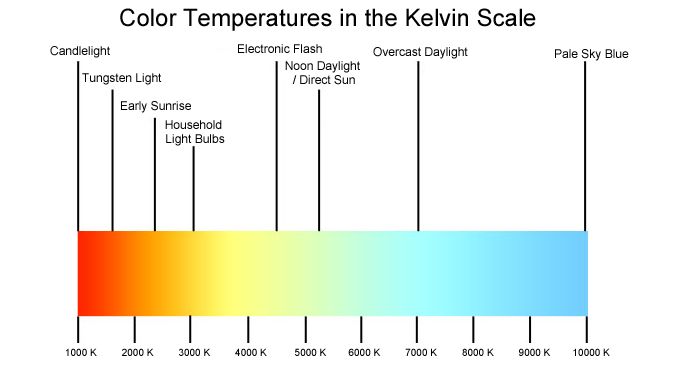LED lights are a surprising security risk
We’re all familiar with LED (Light Emitting Diode) lights, they’ve been used as decorative and accent lights for years. We are only recently beginning to see suitable LED replacements for the warm light of incandescent bulbs – bulbs that use filament in a gas-filled globe – in standard household fixtures, and with the manufacture of regular incandescent bulbs now banned by federal mandate and major efficiency standards put in place, the switch to LED takes on more importance.
LED bulbs are a marked improvement over incandescents in many areas; They use substantially less power, about 95 percent less than an incandescent (The seven gigantic pine trees in my backyard are wrapped with LEDs, and if I were to leave them on all year long, the total cost would be about $6), they last for decades, they emit almost no heat and what heat they do emit is re-absorbed by a tiny heatsink.
They have had some major limitations, however, but with the cost rapidly dropping the two most glaring become their design and the quality of light they give off. Many LED bulbs have an unsightly plastic base, and until only recently they tended to give off a ‘cool blue’ light that looked very artificial. That’s in contrast to the warm, yellowish light of an incandescent.
Now, however, LED lightbulbs have finally improved their design and are being made with a wide range of color temperatures that should suit any home. Not only that, we now have color changing LED bulbs whose color choice and cycling can be controlled from a smartphone! Pretty neat stuff.
But therein lies the huge, hidden problem.
We are seeing a major push for the creation of the Internet of Things, in which all electronic devices are connected to the Internet. This would allow for additional functionality, such as a refrigerator being able to monitor what is left inside of it and order more food, or a door lock that be remotely locked or unlocked, or a thermostat that can be remotely set and monitored. Incidentally, that Honeyell Lyric from the last link is actually the first in what is expected to be a whole host of connected devices, all under the Lyric brand.
In order for connected ‘things’ to work however, you have to have credentials, such as a username and password, that allow you to access them. And it is because of that, and with little surprise, that LED smartbulbs have been hacked to provide a third party with the username and password used to connect them. Specifically, it was the Kickstarter-backed LIFX bulbs that were hacked, however any bulb that becomes part of a network of connected bulbs within a location would be susceptible. If you’re wondering why all the bulbs in your house need to be connected together in a network, it’s so they all act accordingly, and you don’t have to, say, dim all of them in a room one by one; just tell them to dim and they all do it at once. The LIFX bulbs are, to be fair, pretty remarkable. I’ve considered adding a few for when I listen to disco.
The vulnerability has been fixed, but it shows the danger of having things that are always connected. If they are always connected, you are always connected. Even your lightbulbs aren’t safe.


